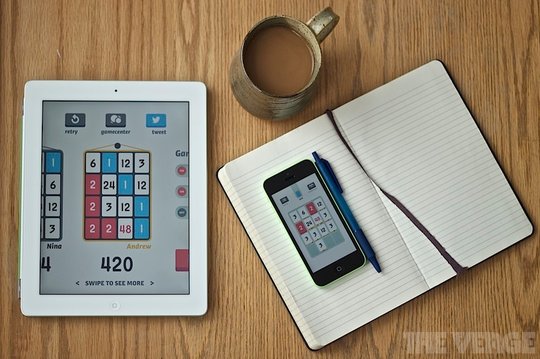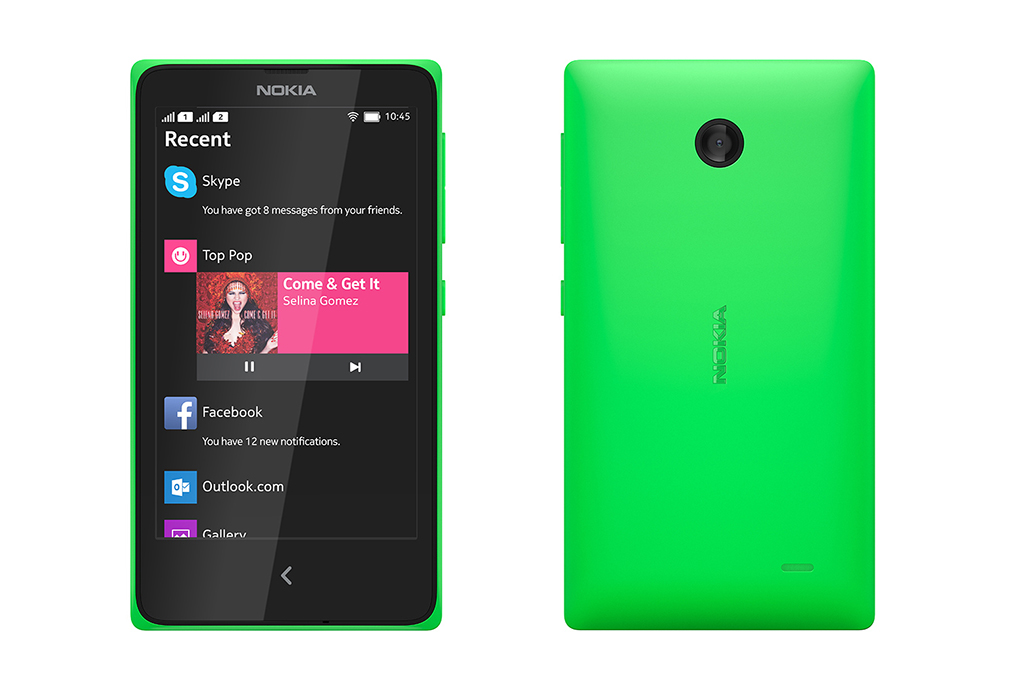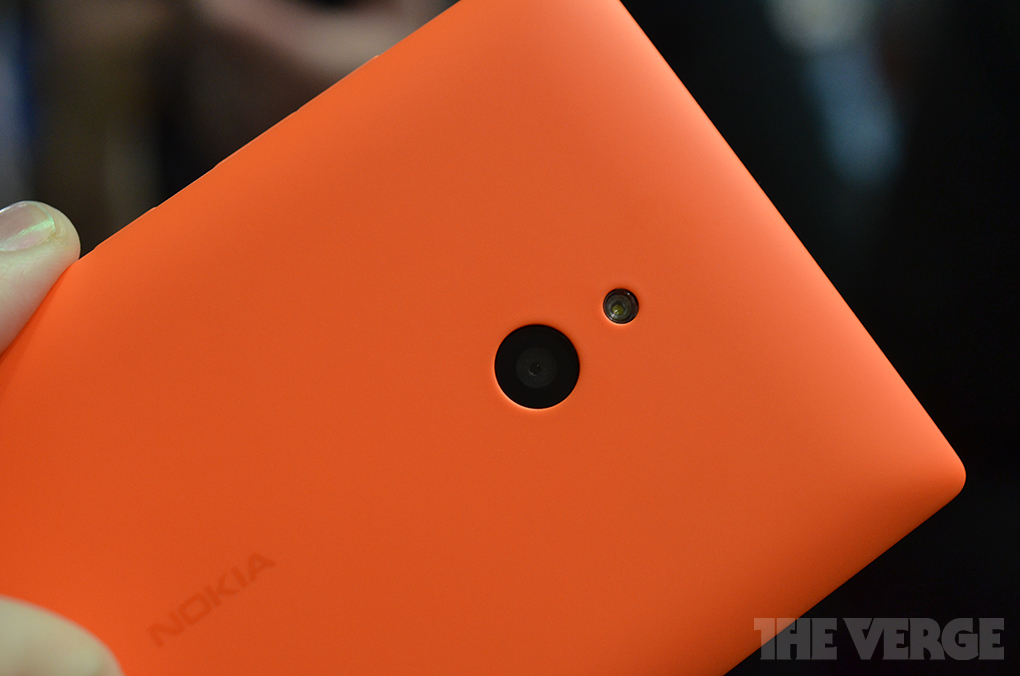Google's Project Ara modular smartphones could arrive early next year for as low as $50, reports Time. The Companies ATAP Group — which is developing the project to make smartphones composed of small, swappable pieces of hardware — reportedly plans to finish a functioning prototype within weeks and begin preparation on a version for consumer sales beginning in the first quarter of 2015.
ARA WILL SUPPORT THREE DEVICE SIZES
While multiple phone models may be available from the start, in a deep dive with the Project Ara team, Time reveals that ATAP is focused on offering an extremely basic and low-cost option. Its $50 device might even stretch the definition of smartphone in some people's books: it'll reportedly only include Wi-Fi and not a cellular connection. But for owners of an Ara smartphone, that's not a sentence to a bad phone. Over time ATAP believes owners of a $50 device will buy more add-ons and turn their phone into one that's much more capable. It's an appealing vision that ATAP suggests could help Google capture customers in emerging markets.
ATAP doesn't say where the devices will be marketed at first, but it's planning to make some of its modular smartphones quite expandable. It tells Time that Ara will support three sizes of devices — mini, medium, and jumbo — ranging from a smaller phone up to a phablet. Critically, it appears that device size is the one part of an Ara phone that won't be wildly customizable: every Ara device will be built around an electronic backbone that holds the modules, and Time reports that these backbones will all come from Google. Should Google stick to that plan, it would allow the company to maintain control over the core of every Ara device — certainly a boon for the consistency that a platform meant to be built upon will need.
According to Time, Ara devices won't necessarily lose many of the conveniences of a modern smartphone in ATAP's quest for modularity. When built with the 4mm-thick modules that ATAP is currently testing, the group reportedly doesn't expect Ara devices to grow any thicker than 10mm. That's certainly larger than most of today's top smartphones — the most recent iPhone is only 7.6mm thick — but it bests older devices like the iPhone 3GS and, subtly, even a modestly thicker modern device like the Lumia 1020. ATAP also tells Time that its bundle of modules will be secured to the phone so that they won't just fall off at random — or if the device hits the floor. Removing a module will require disengaging it through an app on the phone, which will release whatever mechanism was locking it in place.
As for what those modules might consist of and who might be making them, we should find out more soon. ATAP plans to reveal more details at a series of conferences in April. While we've already expected modules that add battery capacity and better cameras, Project Ara's leader, Paul Eremenko, jokes with Time that someone could even create an incense burner.
3D PRINTING COULD CUSTOMIZE AN ARA DEVICE'S LOOK AND FEEL
"The question was basically, could we do for hardware what Android and other platforms have done for software?" Eremenko, tellsTime. "Which means lower the barrier to entry to such a degree that you could have tens of thousands or hundreds of thousands of developers as opposed to just five or six big [manufacturers] that could participate in the hardware space."
The look of the phone will reportedly be about as customizable as its capabilities. Timereports that ATAP is working with a 3D printer to allow buyers to customize the style and material of each module's enclosure — and those enclosures may even be swappable as well.
But for all its progress and ambitions, Ara is still fairly young. According to Time, the project only began in the fall of 2012, and ATAP is still only dedicating a few staff members toward exploring it. The rest of its development apparently comes from contractors (one of which, an engineer named Ara Knaian, lent his name to project). Even now, ATAP is reportedly still working toward meeting the $50 price it has its eye on. There's plenty that needs to happen in just a year's time, but we should be able to watch it unfold as ATAP begins encouraging developers to make modules for its ambitious new phones.
Will you be making your phone with Google Ara? Tell us in the comments section below,





































